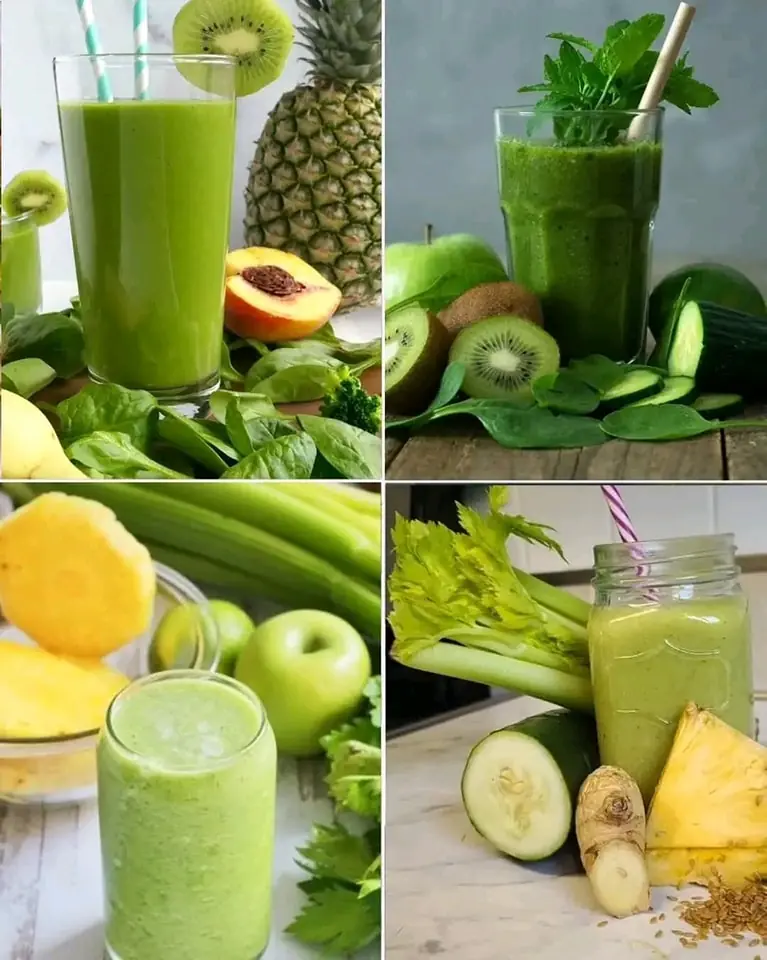
How to Graft a Rose Bush of Different Colors Step-by-Step

Grafting is a fascinating horticultural technique that allows gardeners to combine the best qualities of two different rose plants into one. One popular and visually stunning application of this method is grafting a rose bush to produce flowers of different colors on the same plant. This not only creates a beautiful and unique garden centerpiece but also offers practical benefits such as disease resistance and enhanced growth.
Here’s a quick guide on how to graft a rose bush with different colored flowers successfully:
What is Grafting?
Grafting involves joining a piece of one plant (called the scion) onto another plant (the rootstock). The two parts grow together to form a single plant. In rose grafting, the rootstock provides a strong and healthy root system, while the scion determines the flower color and characteristics.
Why Graft Roses with Different Colored Flowers?
-
Variety in One Plant: Enjoy multiple rose colors on a single bush, saving space and creating an eye-catching display.
-
Improved Growth: Rootstocks are often chosen for their hardiness and disease resistance, improving the overall vigor of the plant.
-
Experimentation: Gardeners can combine rare or favorite rose varieties without having to plant multiple bushes.
Materials Needed
-
Healthy rootstock rose plant
-
Scion cuttings from rose varieties with desired flower colors
-
Sharp grafting knife or pruning shears
-
Grafting tape or rubber bands
-
Pruning sealant or grafting wax
-
Clean water and disinfectant for tools
Step-by-Step Grafting Process
1. Choose the Right Time: The best time for grafting roses is early spring when both rootstock and scion are just starting to grow.
2. Prepare the Rootstock: Select a healthy rootstock about the thickness of a pencil. Cut the stem cleanly at the desired height using a sharp knife.
3. Prepare the Scion: Cut a healthy, disease-free scion from the rose variety you want to graft. It should have at least two to three buds.
4. Make a Cut: Create a “T” shaped incision on the rootstock about 3-5 cm long. Carefully lift the bark on either side of the cut to create a small flap.
5. Insert the Scion: Trim the base of the scion into a wedge shape and carefully insert it under the bark flap of the rootstock. Make sure the cambium layers (the green layer just beneath the bark) of both scion and rootstock are aligned for proper nutrient transfer.
6. Secure the Graft: Wrap the graft union tightly with grafting tape or rubber bands to hold the scion in place and prevent moisture loss.
7. Seal the Graft: Apply pruning sealant or grafting wax around the graft area to protect against infections and drying out.
8. Care After Grafting: Keep the plant well-watered and sheltered from harsh sun and wind. Monitor for signs of successful graft union, such as new growth from the scion.
Tips for Success
-
Use clean, sterilized tools to prevent disease transmission.
-
Choose scions and rootstock that are compatible and healthy.
-
Avoid grafting during extreme weather conditions.
-
Be patient, as it can take several weeks for the graft to take and show growth.
Conclusion
Grafting a rose bush with different colored flowers is a rewarding gardening project that can transform your garden with vibrant, diverse blooms from a single plant. By following the steps above and giving your grafted roses proper care, you’ll enjoy a unique and flourishing rose bush that impresses friends and family alike.
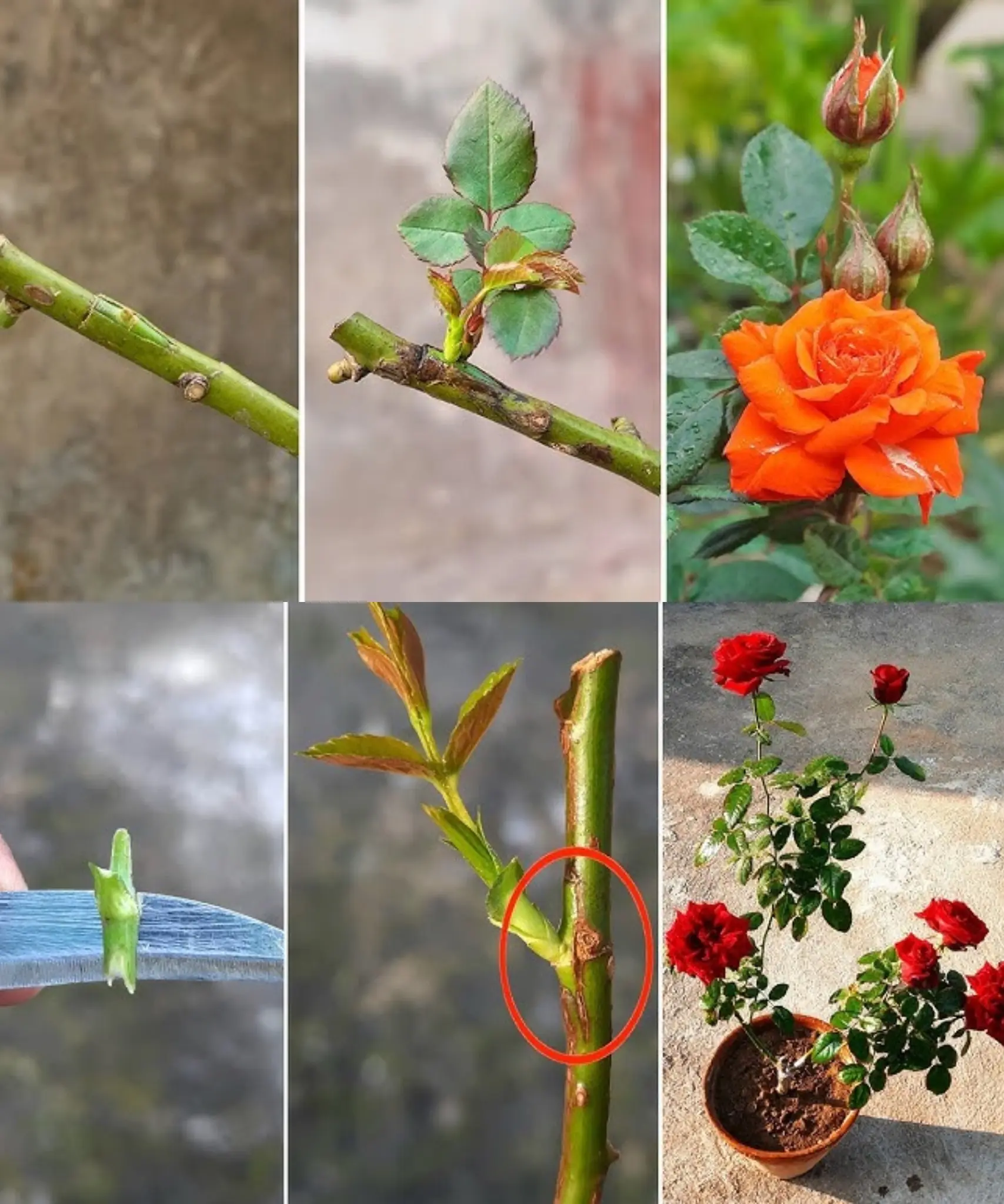
News in the same category


The husband slapped his wife in front of his friends to show off — but her act of revenge left everyone shocked and speechless
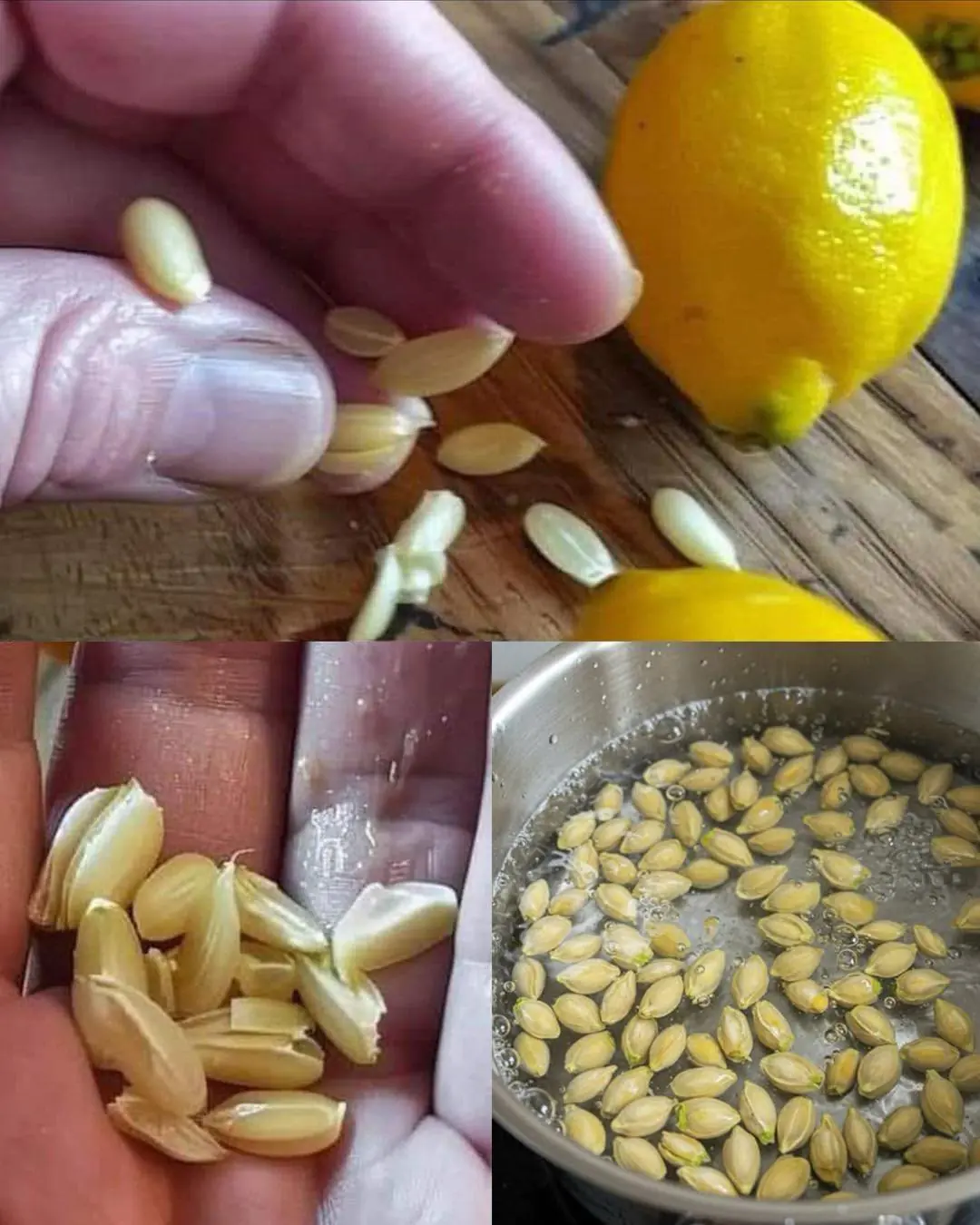
10 Clever Ways to Reuse Lemon Seeds at Home
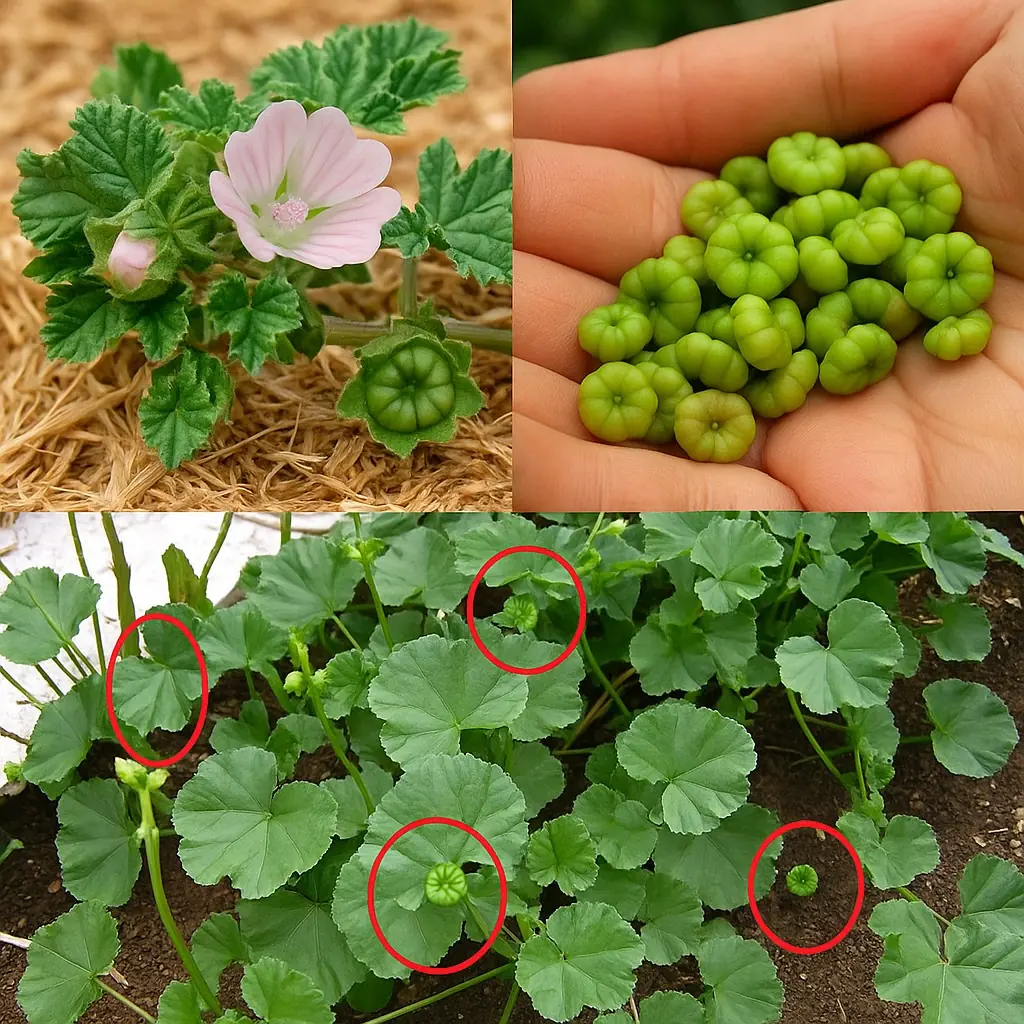
Unlocking the Secret Health Benefits of Common Mallow: Nature’s Wonder Herb for Wellness
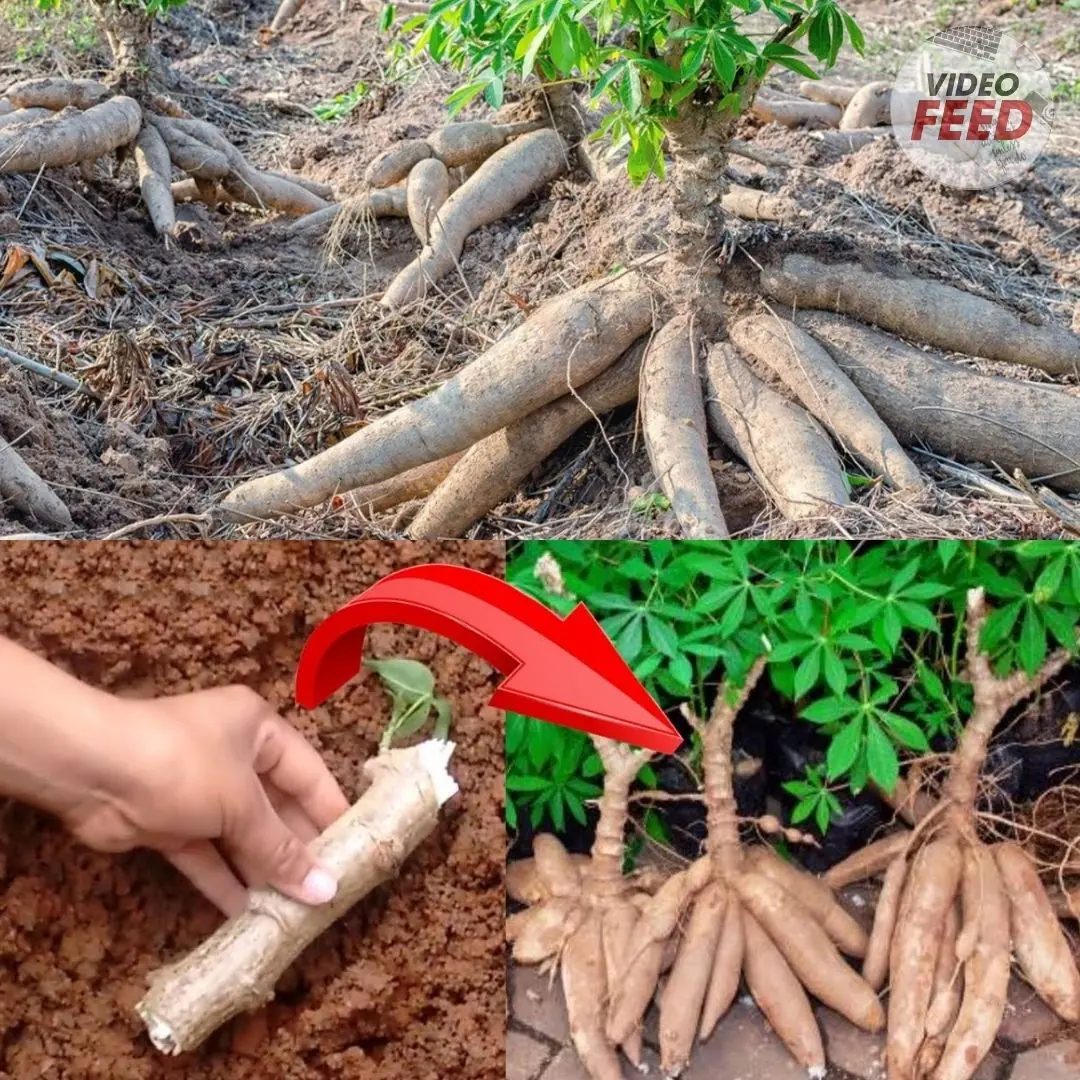
Essential Knowledge for Growing Cassava Successfully
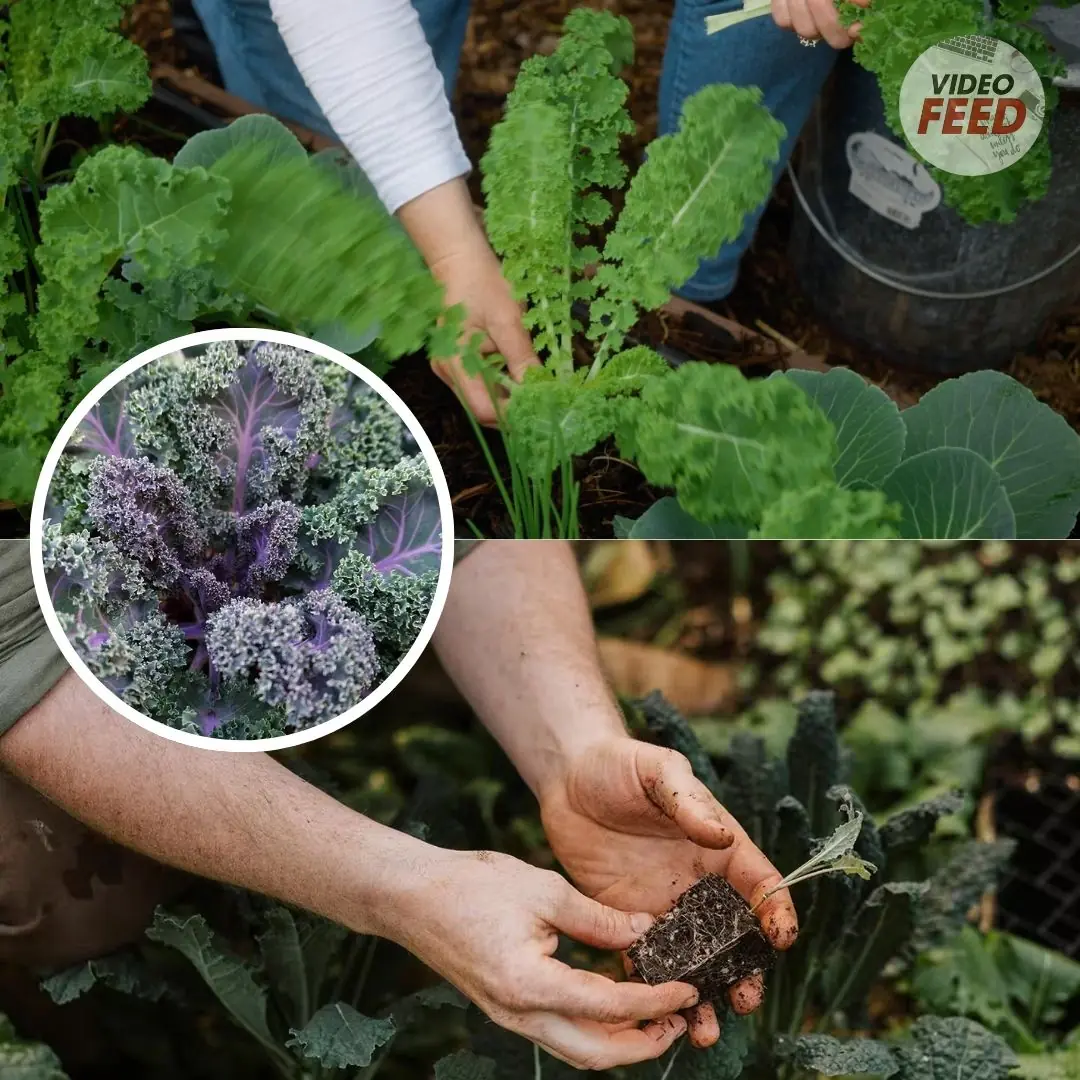
Growing Kale: Planting, Care, and Harvesting Tips
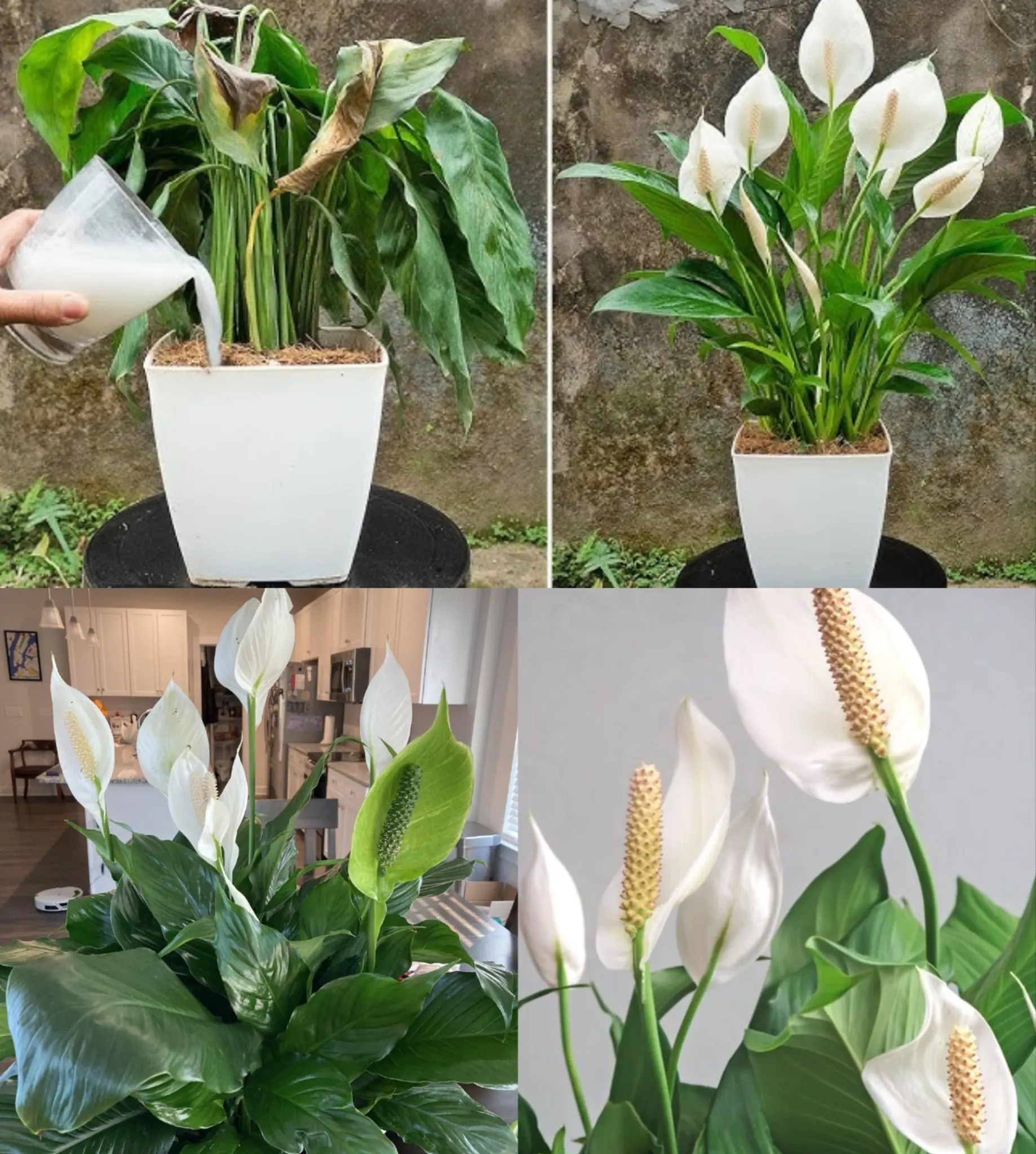
Just 1 Cup Makes Peace Lilies Bloom with So Many Flowers
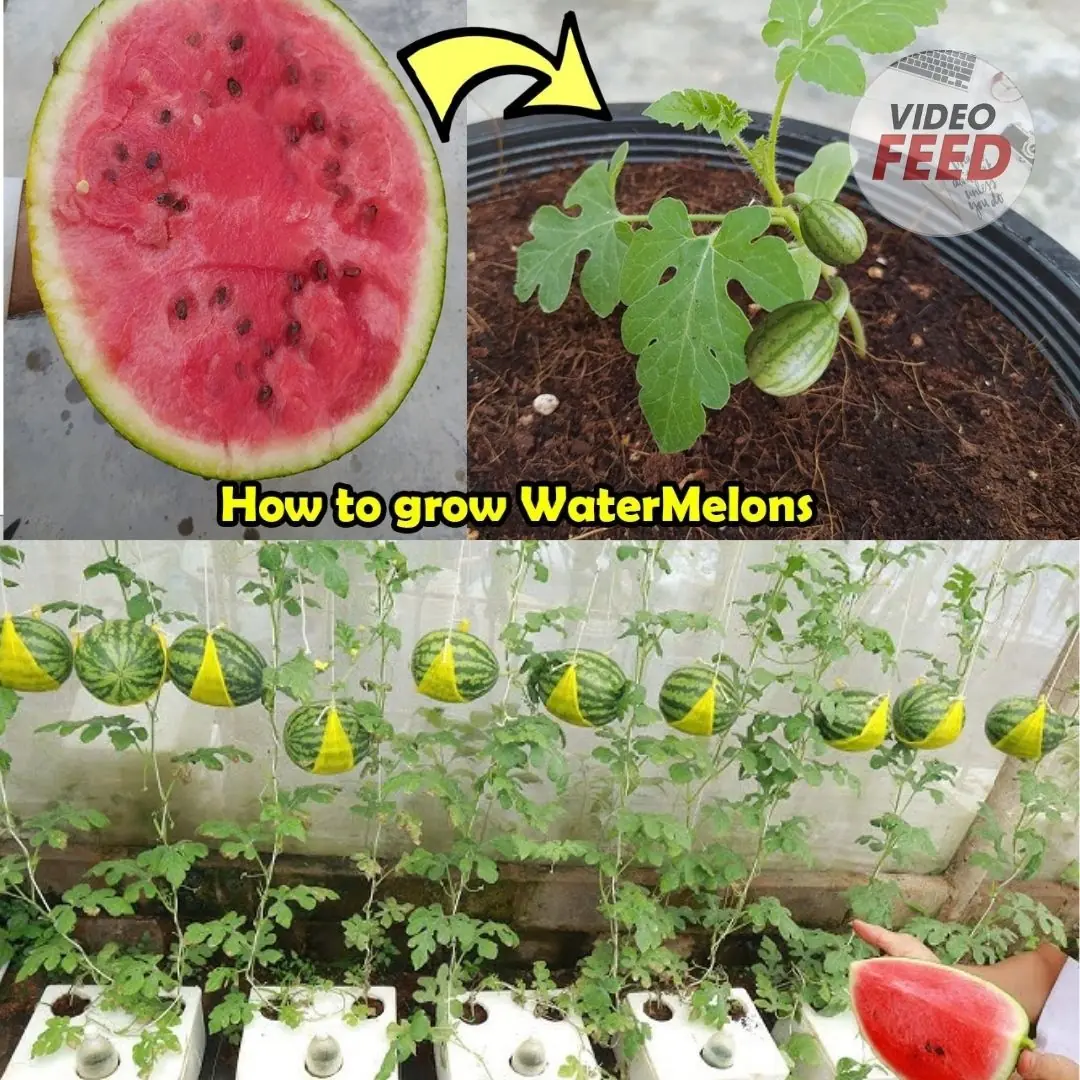
How to Grow Watermelons at Home: A Guide for Small Spaces & Balconies

How to Grow a Banana Tree at Home and Never Buy Bananas Again
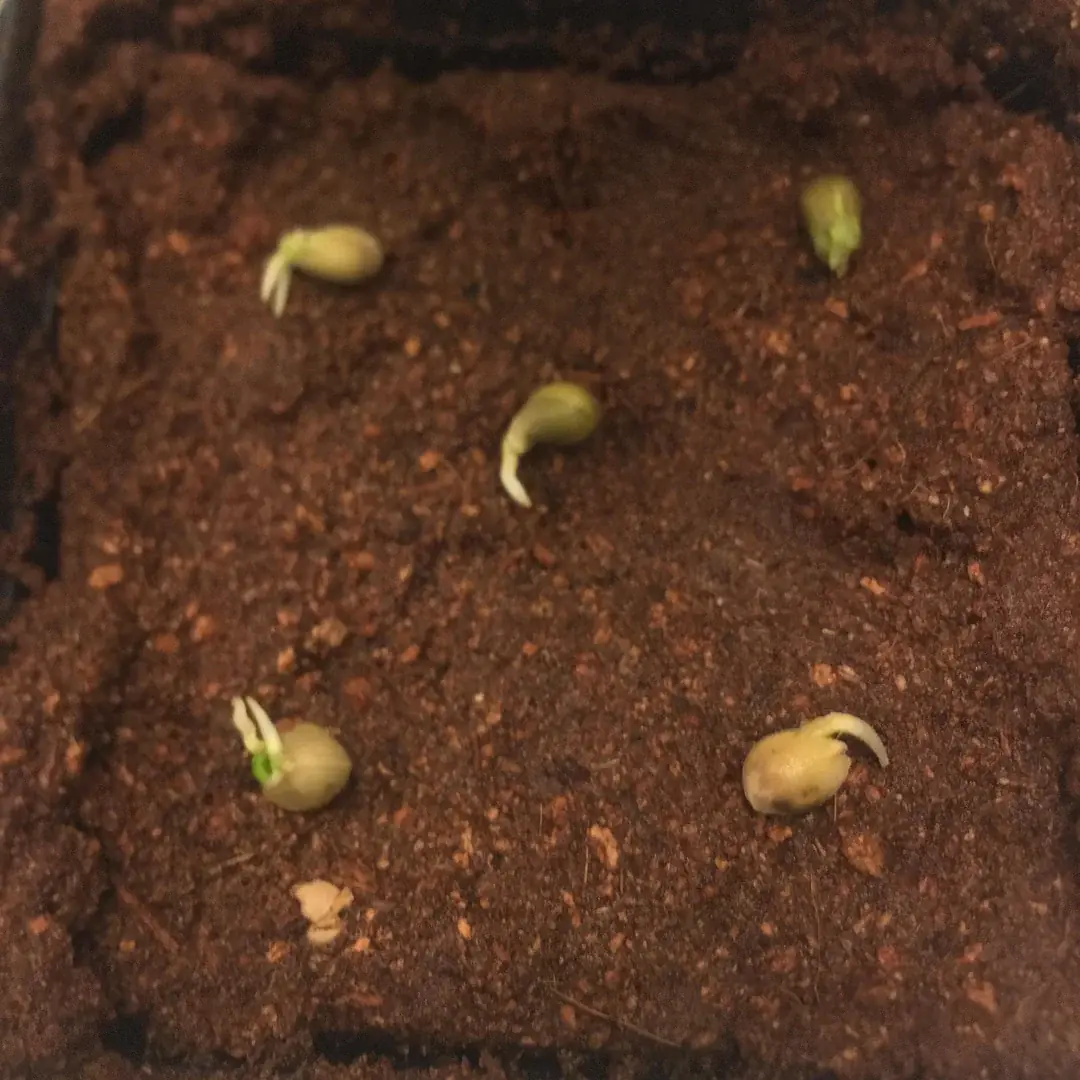
Here’s How to Grow Calamansi at Home — No Farm Needed
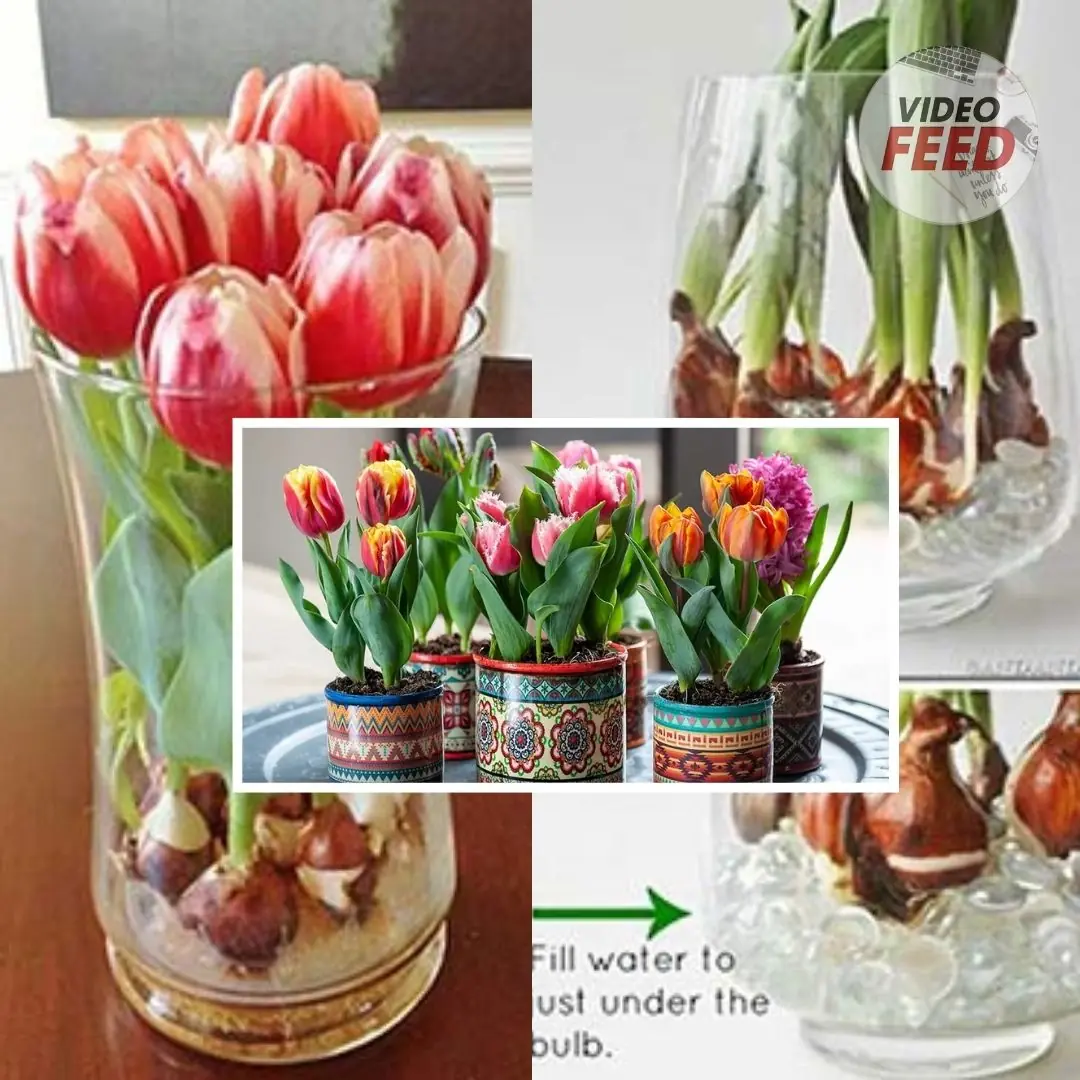
How to grow tulips indoors – a step-by-step guide to forcing these beautiful bulbs
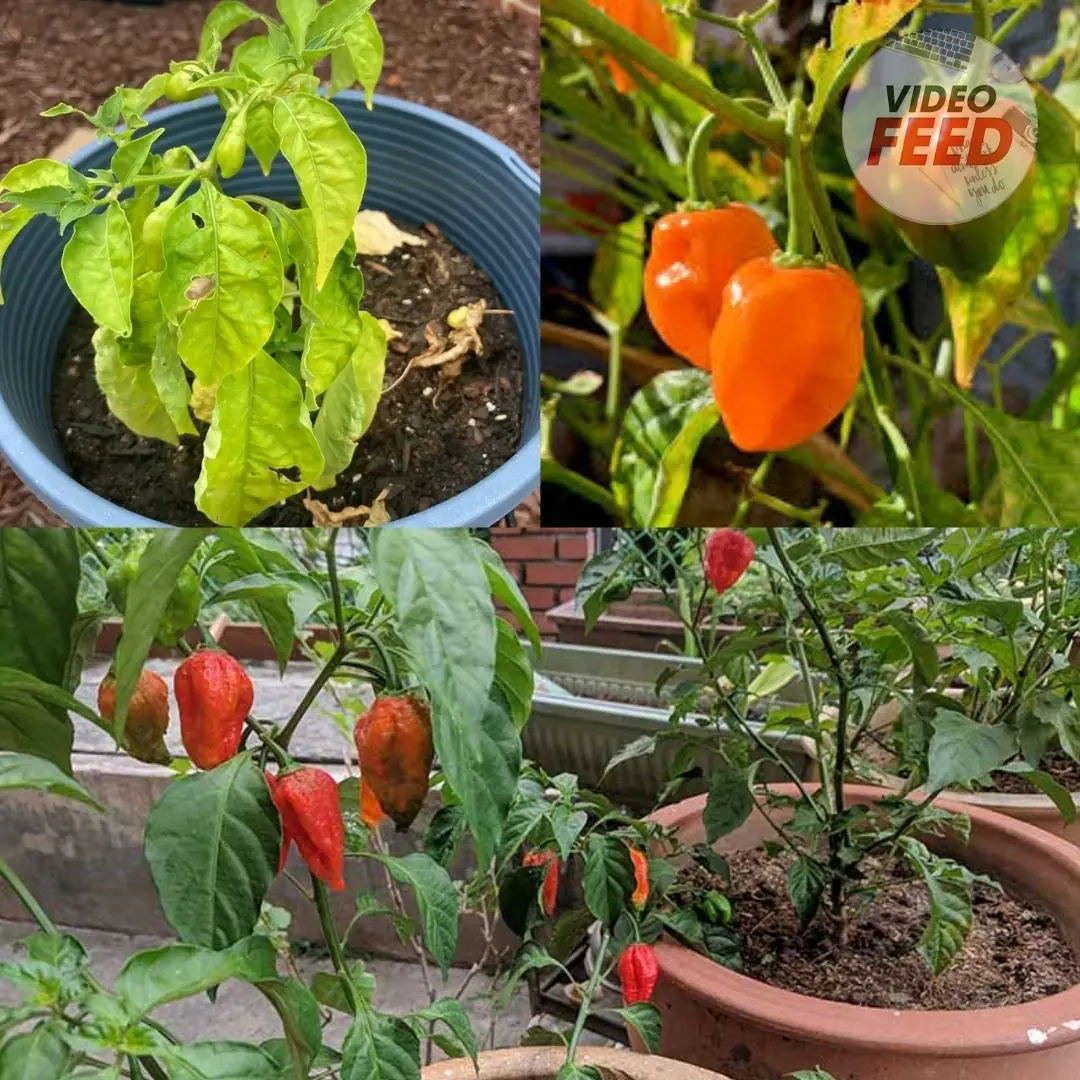
How to Grow Habanero Peppers in Pots
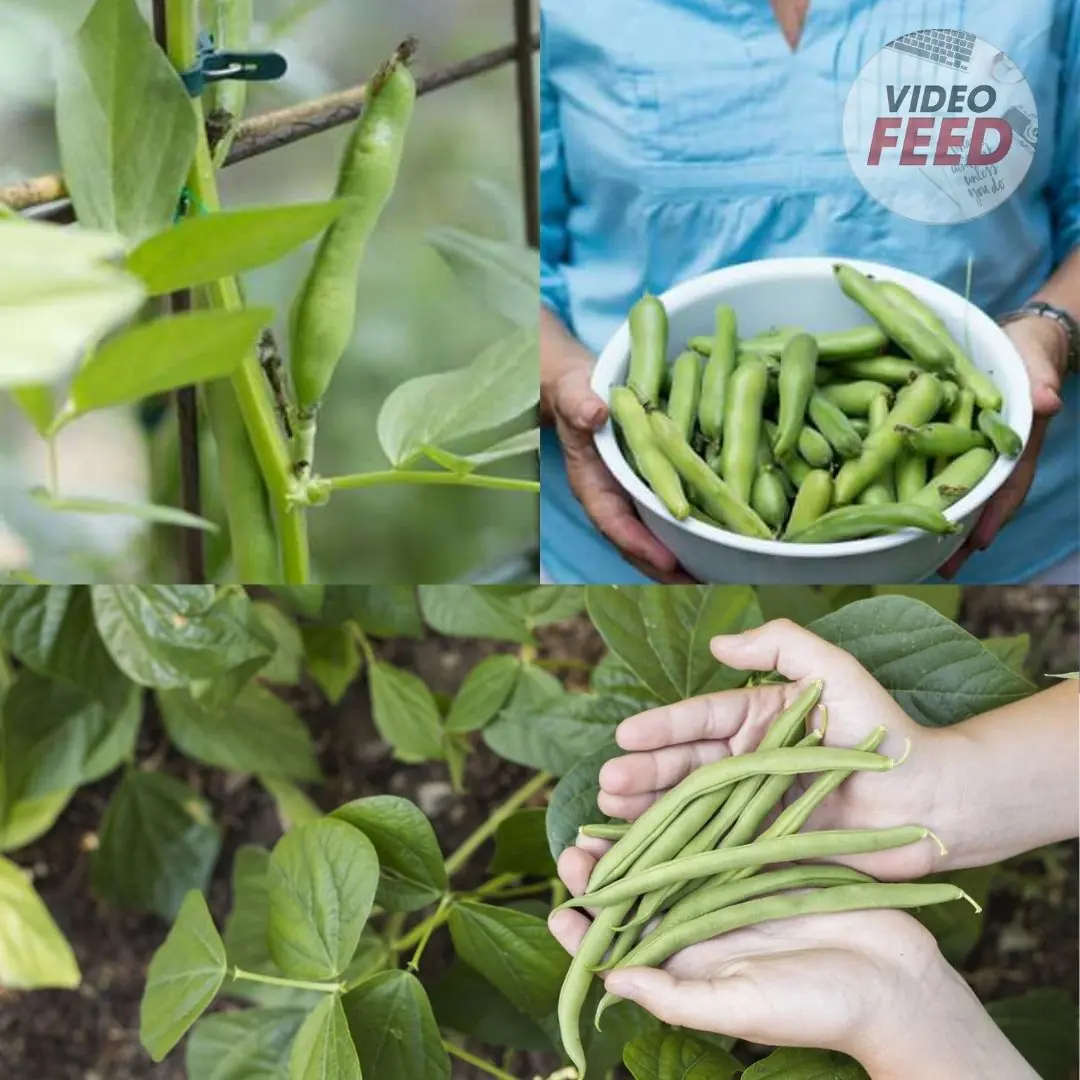
Grow These 5 Garden Beans This Summer
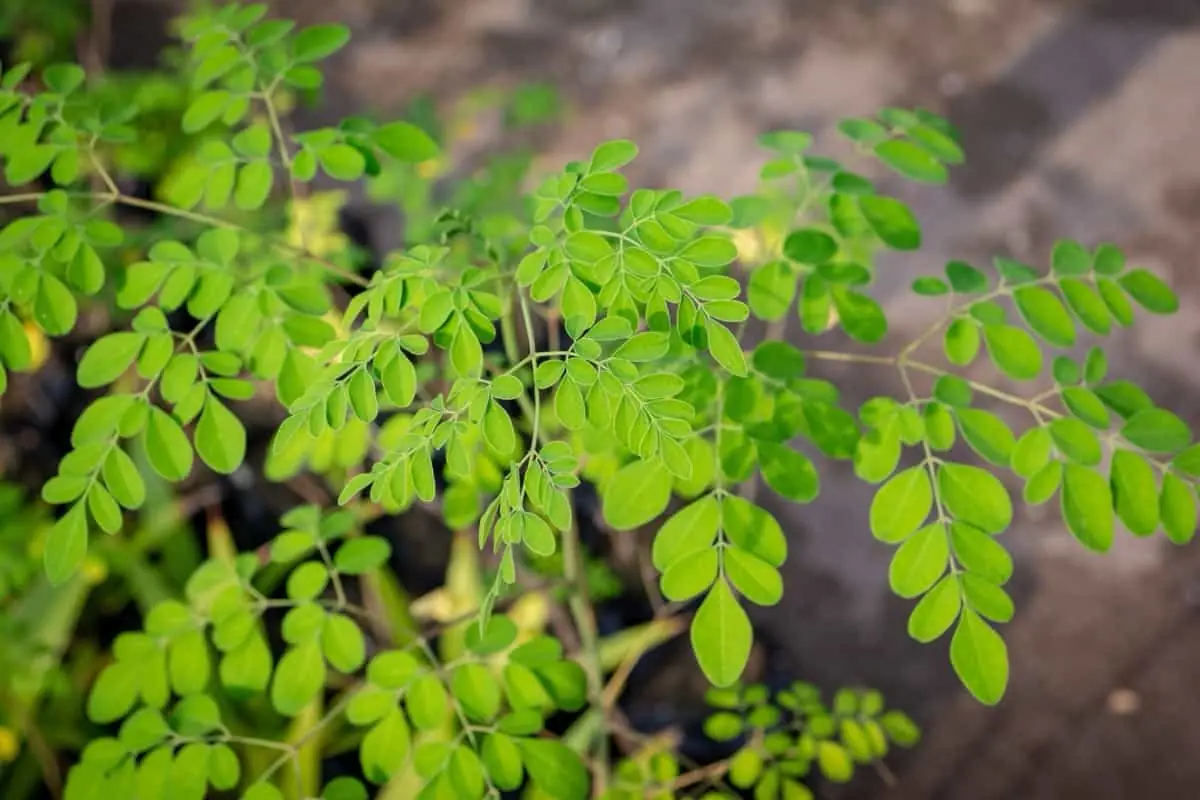
Why Asians Are Rushing to Grow This “Miracle Tree”: Heals Like Medicine, Sells Like Gold

How to Grow and Care for Dieffenbachia
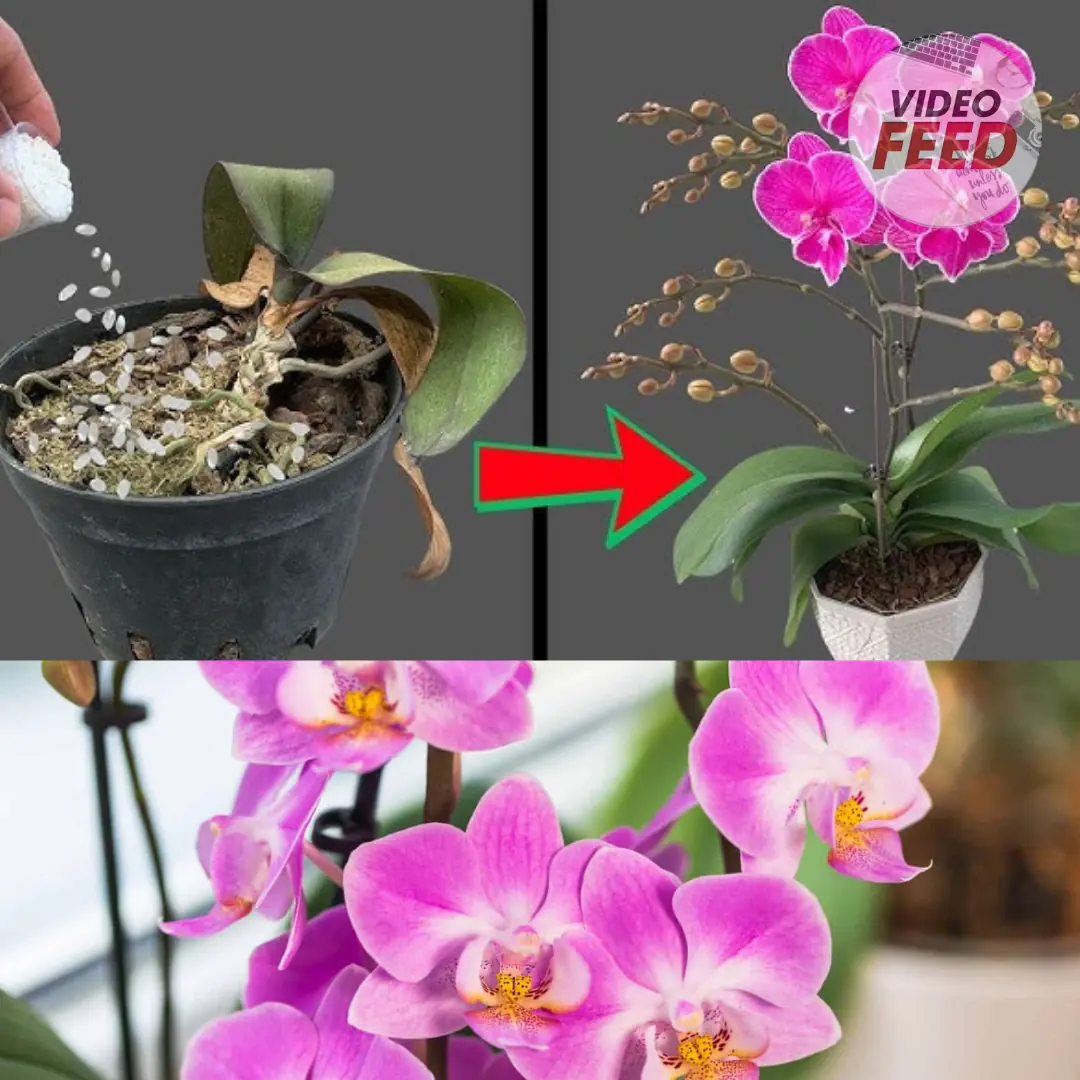
How to Grow and Care for Phalaenopsis Orchids Indoors
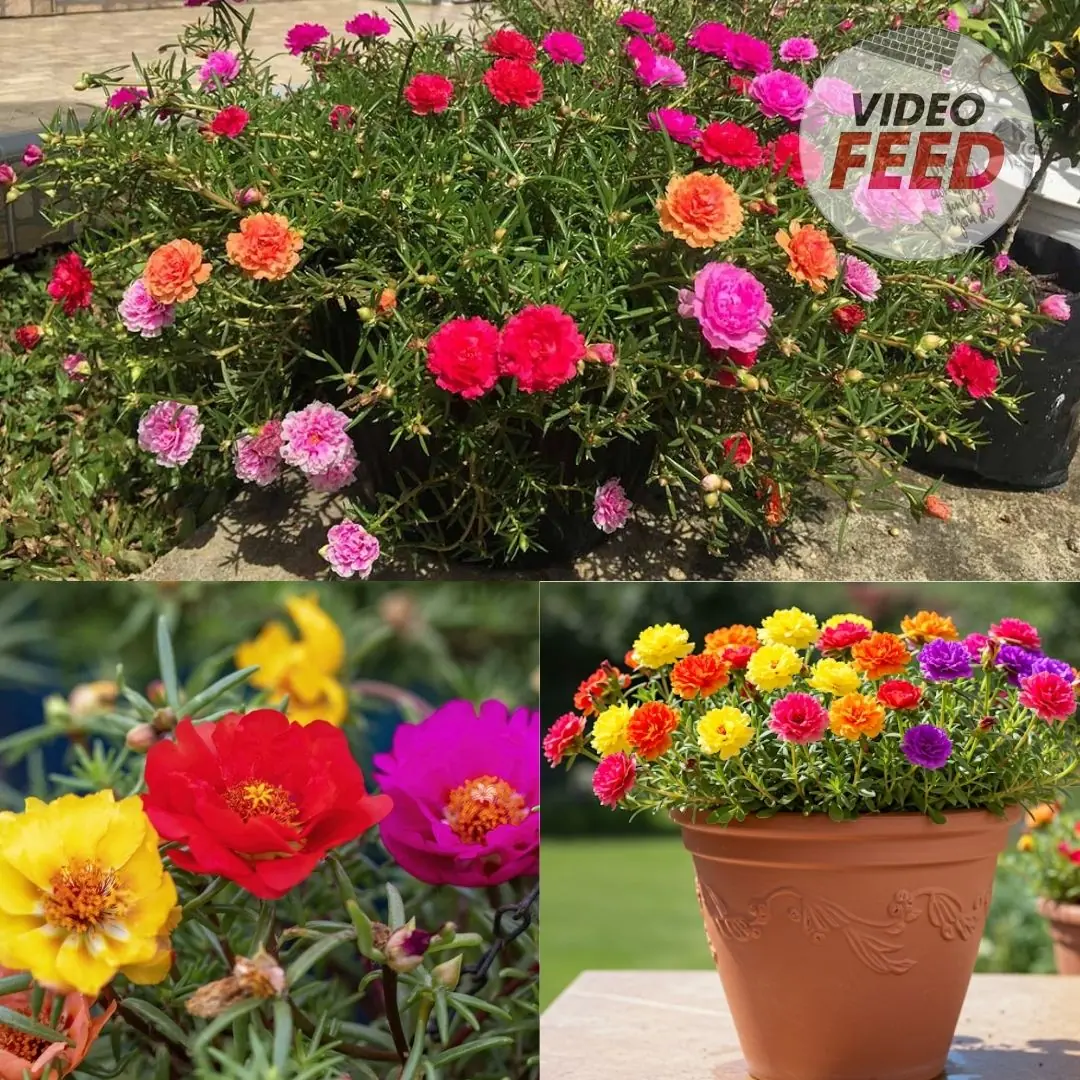
Portulaca in Pots: The Complete Guide to Growing Colorful & Drought-Tolerant Flowers Outdoors
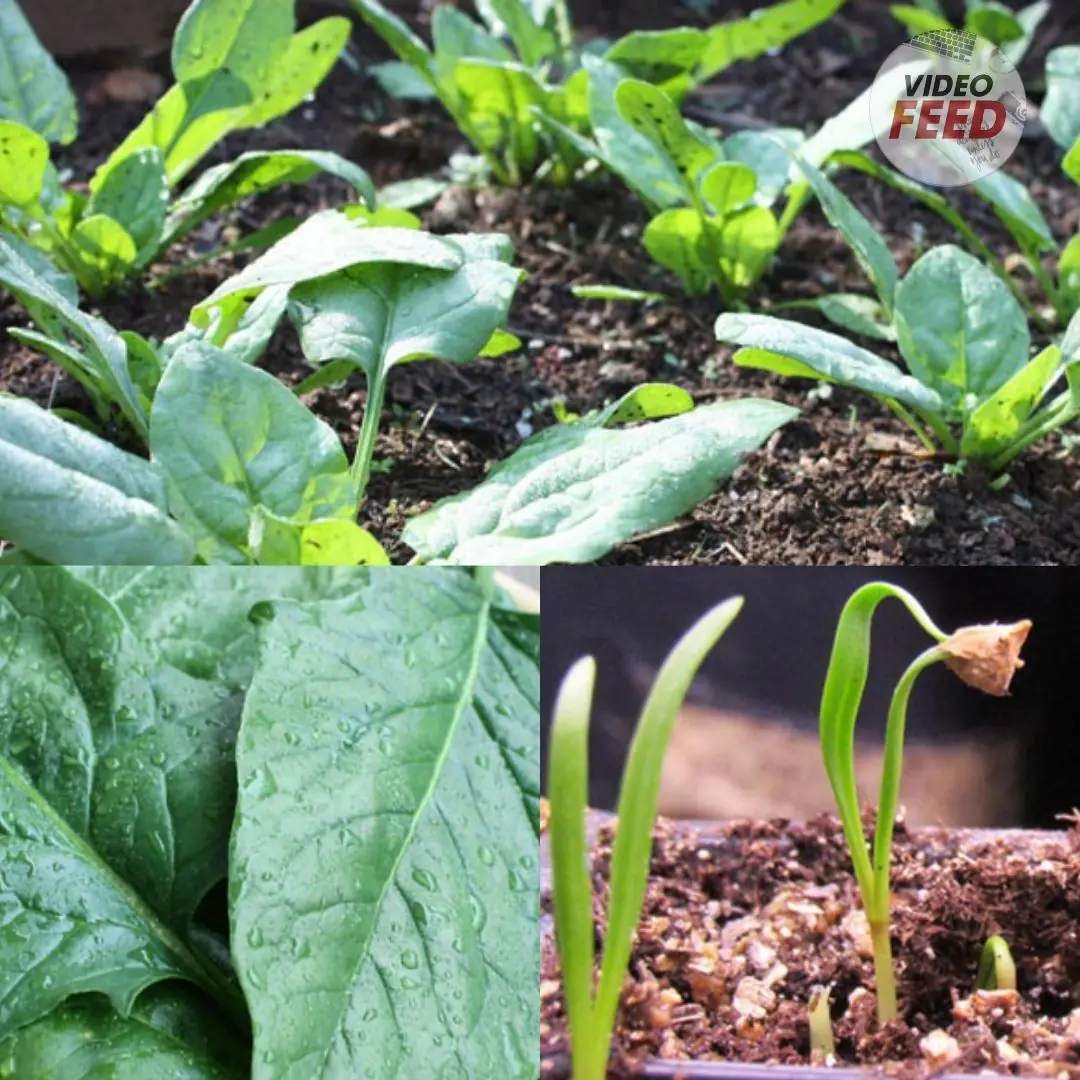
10 Tips for Growing Superb Spring Spinach
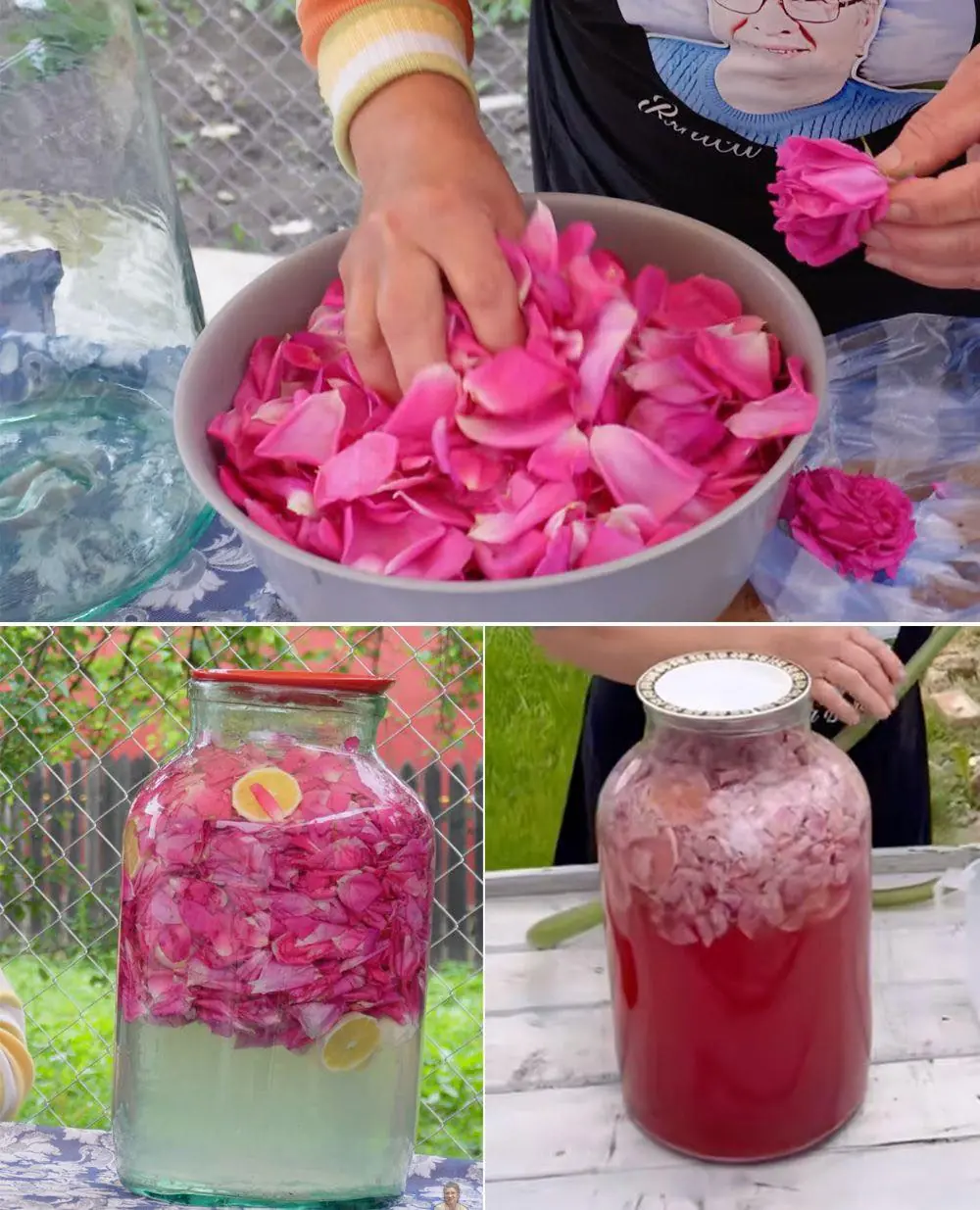
How to Make Rose Petal Lemonade – A Refreshing Homemade Drink
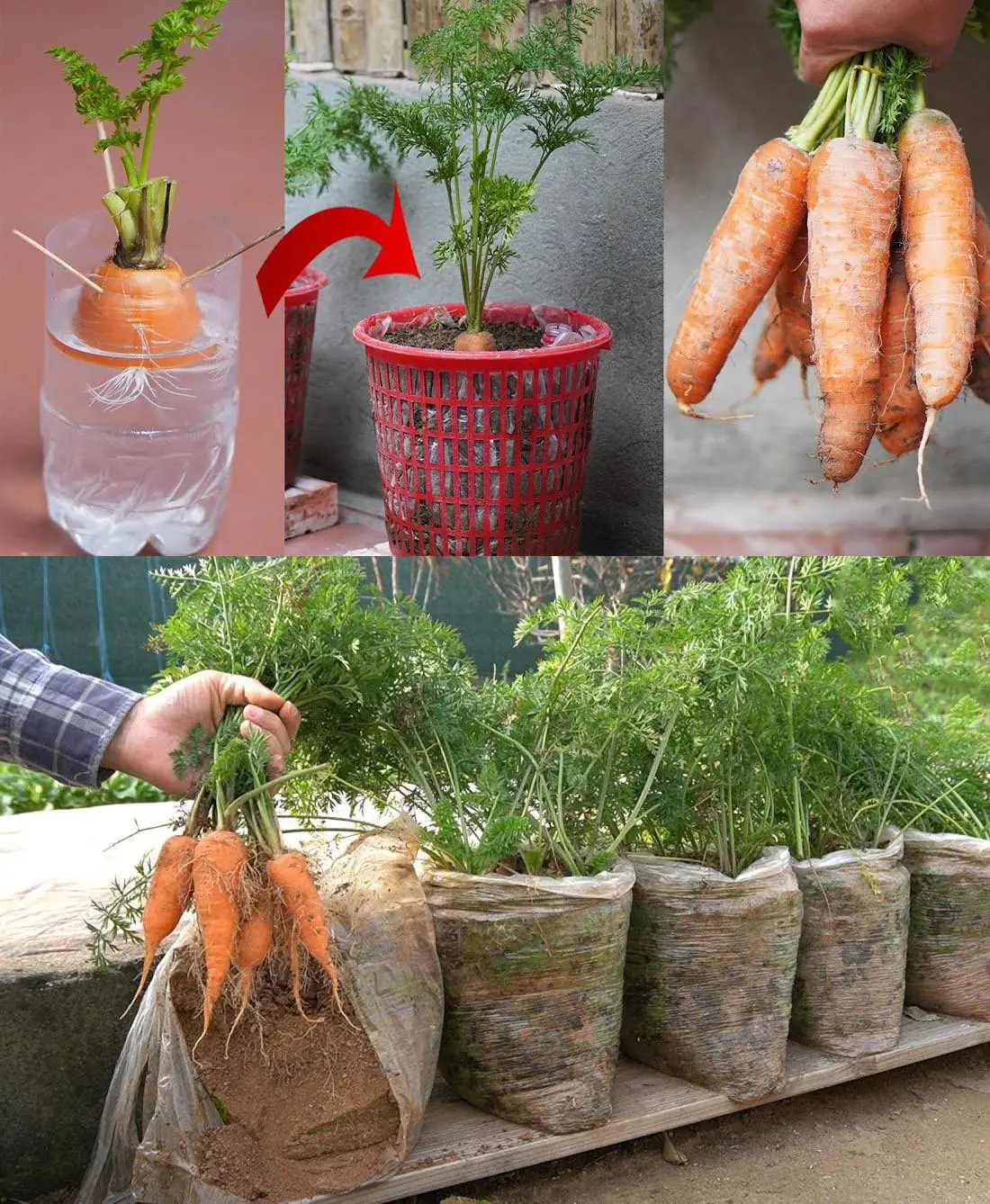
How to Grow Carrots at Home in Containers Starting with a Single Carrot
News Post
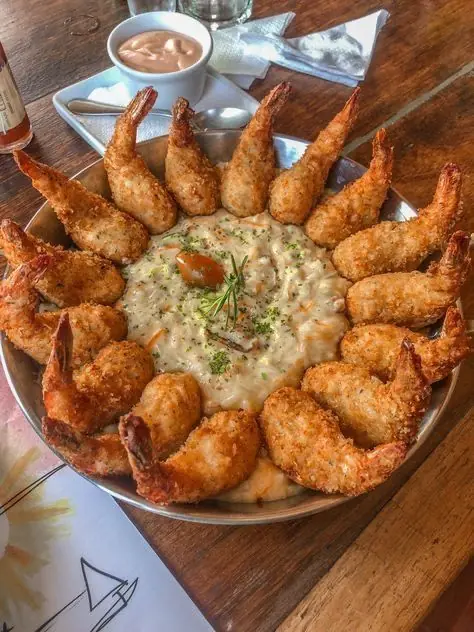
CRISPY BREADED SHRIMP WITH CREAMY GARLIC SAUCE

Check Your Nails for Warning Signs: If You Notice These 3 Changes, Consult a Doctor Right Away

These are the consequences of wearing used…

Plant-Derived Nutrient Cocktail Achieves 100% Kill Rate of Breast Cancer Cells In Vitro

Pancreatic Can:cer Needs Catching Early, the Signs And Symptoms To Look Out For

How Long Does Colon Cancer Take to Develop?

CHOCOLATE LOAF CAKE WITH CHOCOLATE GANACHE

Woman Suffers Sudden Kid.ney Failure After Dinner: Doctor Warns, “This Vegetable Can Be Toxic—Stop Eating It!”

RASPBERRY CHARLOTTE CAKE (NO-BAKE)
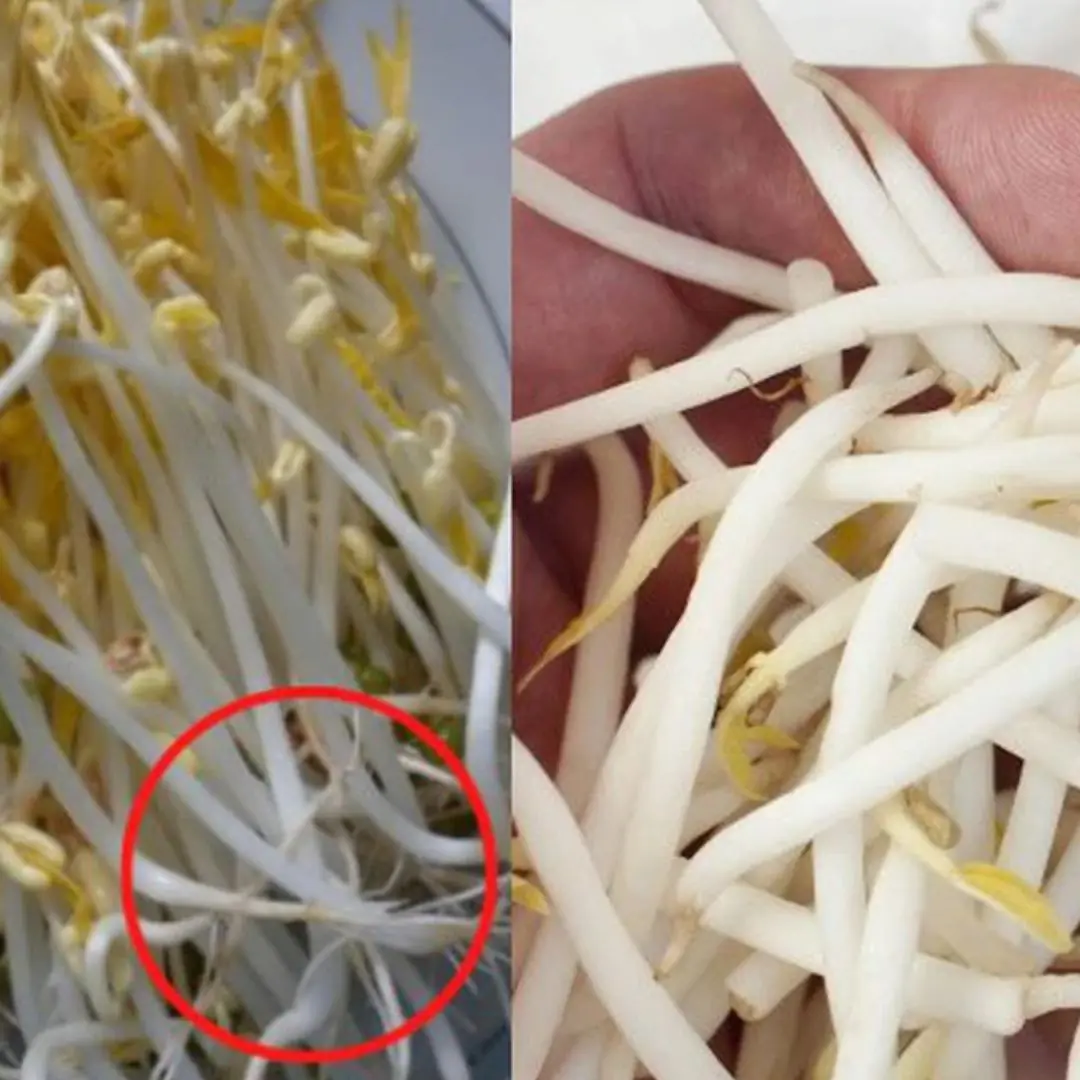
Vegetables listed as can.cer -causing that many people still eat, should be stopped immediately

6 Simple Ways to Reduce Water Retention — and What Your Swollen Feet May Be Telling You

Both members of a ‘healthy’ couple developed can.cer. Doctors say one daily drink habit may be the reason

A longtime chicken vendor warns: “Even if they’re dirt cheap, never buy these 3 types of chicken.”

If you often notice ringing in your ears, this might be a sign that you will suffer from...

Fridge leaking water: Don't rush to call a technician, just do this to keep your fridge running smoothly without spending money

Rapamycin Reduces Lung Tumor Count by Up to 90% in Tobacco-Exposed Models
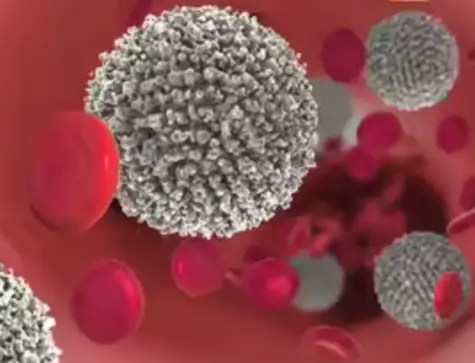
World-First Breakthrough: Base-Edited Gene Therapy Reverses "Incurable" T-Cell Leukemia

Twin Study Reveals Gut Microbiome's Role in Multiple Sclerosis Development
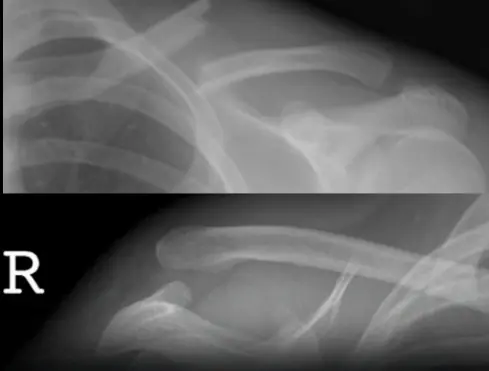
This Drink Will Destroy Your Bones From The Inside But Everyone Drinks It Anyway
